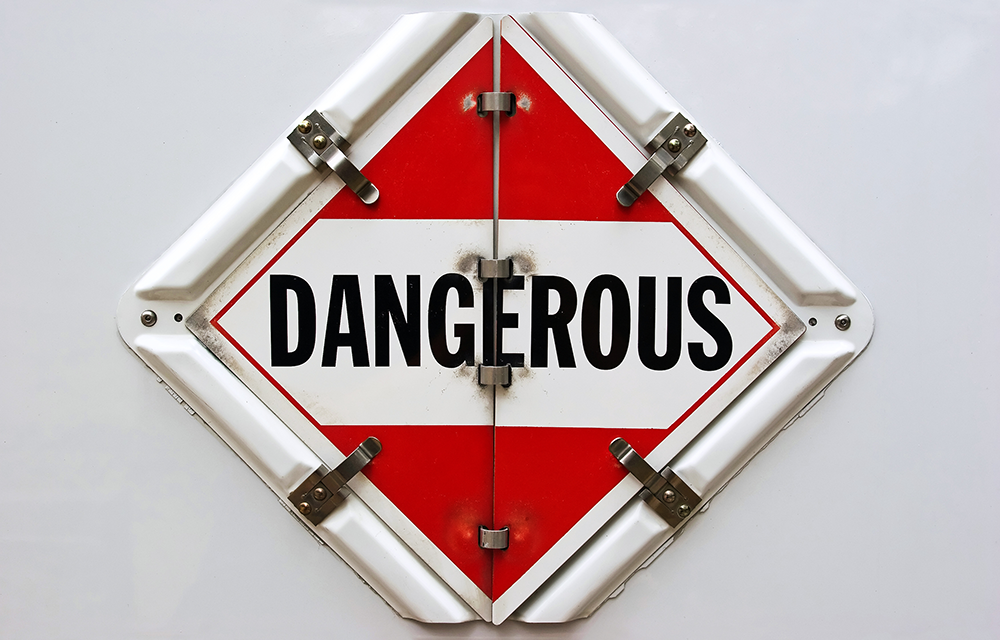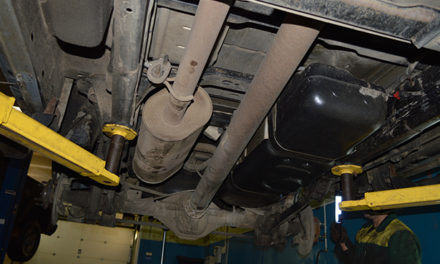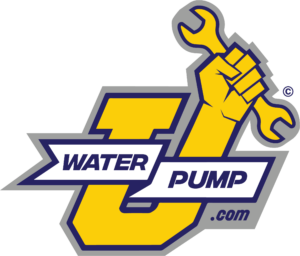Liquid fuel poses several types of hazards such as poisonousness, corrosiveness, and flammability. Gasoline is the most dangerous of these fuels, although these precautions also apply to diesel fuel. Fuel safety precautions are generally standard for all vehicles and may be categorized into electrical, exposure, leaking and storage precautions. Fire prevention is also an important consideration when we perform maintenance on a fuel system.
Electricity
Gasoline vapor is extremely flammable and can be ignited with a tiny spark. It is essential that we prevent fuel vapor or spray from coming into contact with any spark or flame. Disconnect the negative battery cable before beginning any test or repair procedure on a vehicle unless that procedure requires electrical power from the battery.
Exposure
All fuels are corrosive to our skin and poisonous to breathe or swallow. Relieve the pressure in the fuel lines before beginning any procedure on the fuel system, including the fuel lines, fuel pump, and fuel injector. It is especially important to prevent fuel from coming into contact with our skin, eyes, and mouth when working on a vehicle with a high-pressure fuel system. The fuel pressure in these vehicles can be high enough to make the fuel penetrate our skin.
Leaks
Leaks can make the risk of fire and exposure to fuel much more likely. Wrap a shop towel around the fitting on a fuel line before you loosen the fitting to absorb any leaking fuel. Wipe up any fuel leaks as quickly as possible, especially from engine surfaces. These surfaces can become hot enough to ignite spilled fuel when the car is running.
Dispose of all fuel-soaked cloth in a suitable container.
Loosen and tighten fuel-line fittings with two wrenches. This will allow us to hold the fuel line in place with one wrench while loosening or tightening the fitting with the other wrench, thus minimizing the stress on the fuel line. It is also important to inspect the O-rings for the fuel system whenever we remove them. Replace worn O-rings with new ones. Do not replace fuel pipes with fuel hoses or equivalent components.
Storage
Procedures such as relieving fuel pressure or draining the fuel tank often require us to store excess fuel temporarily and replace it after the procedure is complete. Fuel must be kept in a container that is approved by Underwriters Laboratories for the storage of fuel and will be so labeled. This generally means the container is airtight and will not react chemically with the fuel. UL-approved fuel containers may be made of metal or plastic.
Fire
PreventionFuel fires cannot be extinguished with water, so we must keep a Class B fire extinguisher in our work area. This type of fire extinguisher contains dry chemicals that will deprive a fire of oxygen.






![[Vehicle Fitment]: Compatible with Infiniti QX4 1997-2000 V6 3.3L; Compatible with Mercury Villager 1996-1998 V6 3.0L, Villager 1999-2002 V6 3.3L; Compatible with Nissan Frontier 1999-2000 V6 3.3L, Frontier 2001-2004 V6 3.3L (Naturally Aspirated), Pa...](https://m.media-amazon.com/images/I/41iDb29ayNL._SL100_.jpg)



![[Vehicle Fitment]: Compatible with BMW E39 Series 525i 2001-2003 L6 2.5L, 528i 1997-2000 L6 2.8L, 530i 2001-2003 L6 3.0L, 540i 1997-2003 V8 4.4L [Reference Number]: E8442H, SP5071M,16146752368,16141183176,FE0538 [Package Contents]: 1 x Fuel Pump Asse...](https://m.media-amazon.com/images/I/51ryxv0KiEL._SL100_.jpg)
![[Vehicle Fitment]: Compatible with Acura MDX 2014-2020 V6 3.5L (Sport Utility); Compatible with Honda Pilot 2016-2019 V6 3.5L (Sport Utility), Ridgeline 2017-2019 V6 3.5L (Crew Cab Pickup) [Reference Number]: 17045TZ5A00, 17045TZ5A10, FG1680, P77052M...](https://m.media-amazon.com/images/I/41Ze7y2Jr6L._SL100_.jpg)